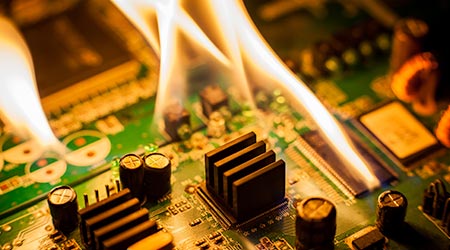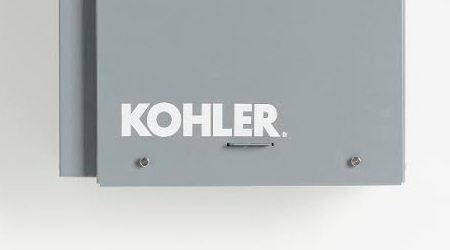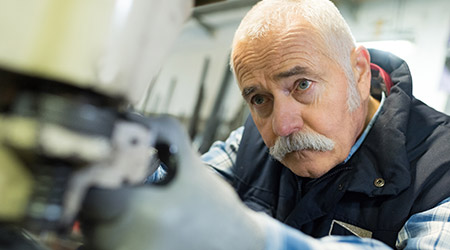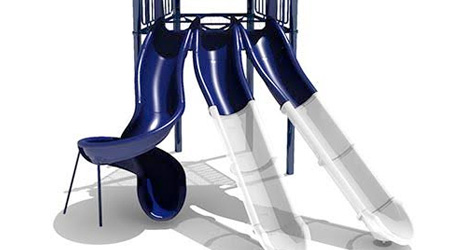
IoT Technology for Extreme Environments Approaches
May 29, 2018
Facility managers know predictive and preventive maintenance is where it's at in terms of maximizing uptime, extending life cycles, and minimizing maintenance costs. And Building IoT has gone a long way to making facility systems more transparent to their operators in terms of sussing out what's going on in the hearts, brains, and bowels of the building. However, Building IoT technology has its limits, such as the environments in which sensors and transmitters can operate.
Researchers at the University of Arkansas and the KTH Royal Institute of Technology are working to push those limits a little further, developing IoT tech that can withstand extreme heat, according to IEEE Spectrum. Researchers have managed to build a radio chip that can withstand temperatures of 500 C. That's 932 F.
That's a temperature that doesn't exist in most facilities, no matter what occupants say. However, it is a temperature that occurs inside of diesel engine combustion chambers or natural gas turbine generators. Being able to put a sensor on a generator's turbine blade, near a stream of exhaust that can reach 1000 C and where centripetal forces approach 14,000 gs would be a feat of engineering. It would also facilitate predictive maintenance that would prevent shutting down generators for maintenance when it's not needed, say researchers, and also help avoid unplanned shutdowns. In the case of a diesel engine, having a sensor that could survive the combustion chamber environment would be helpful in optimizing the engine's efficiency.
This Quick Read was submitted by Naomi Millán, senior editor, Building Operating Management.
Next
Read next on FacilitiesNet












